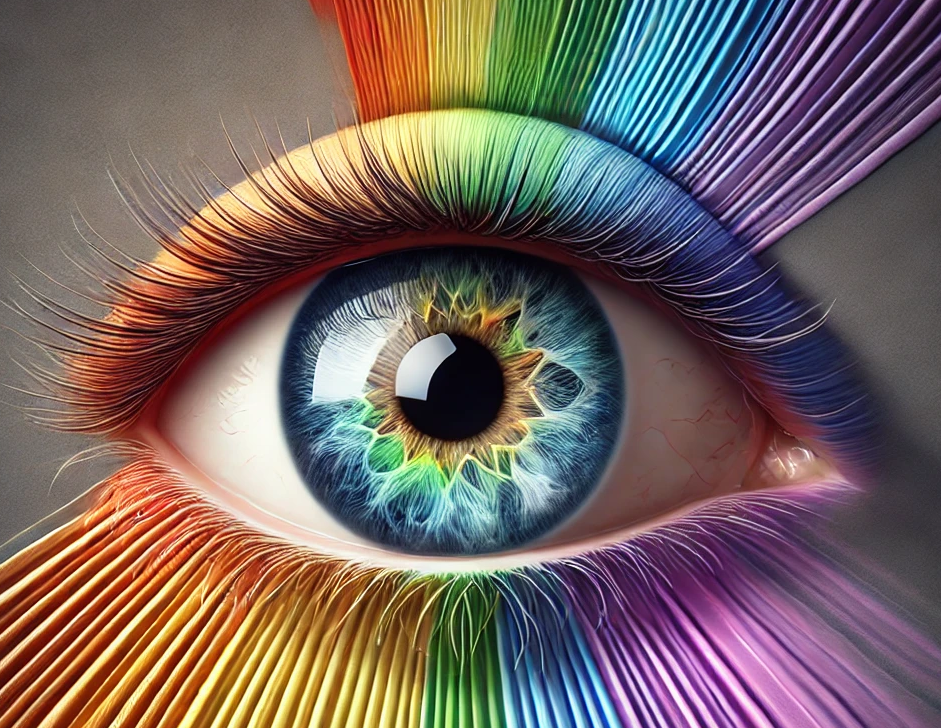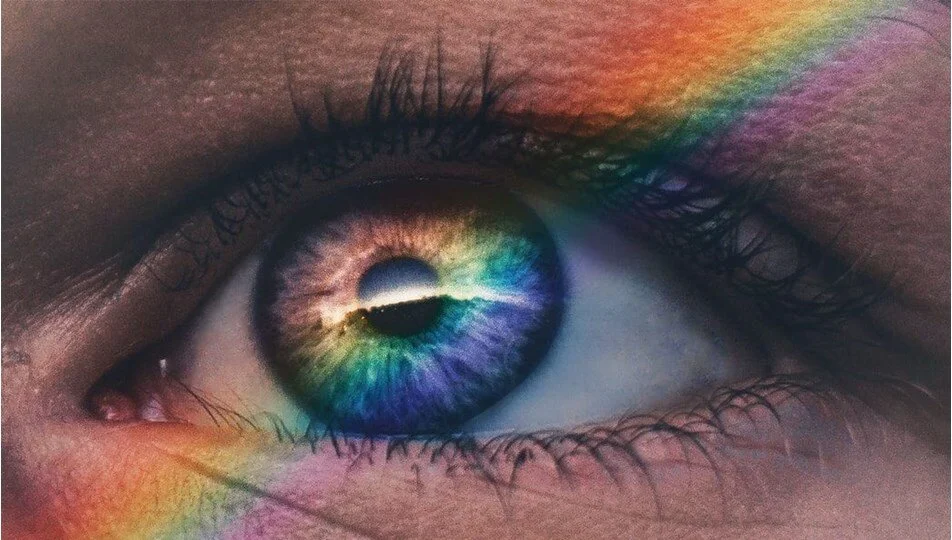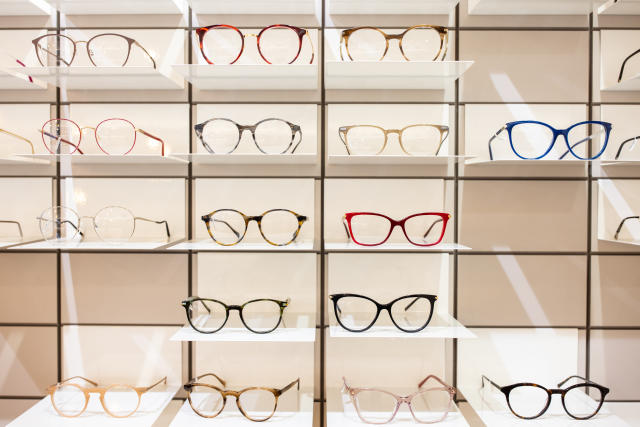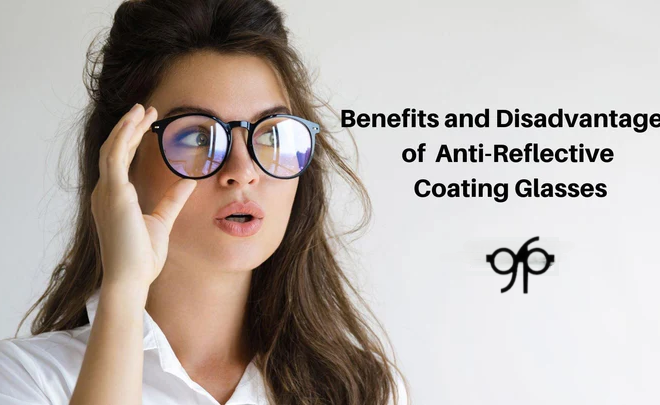
Contact Lenses for Color Blindness
Color blindness, also known as color vision deficiency, is a condition that affects millions of people worldwide. It typically prevents individuals from distinguishing certain colors or shades, most commonly red, green, blue, or a mix of these. Although it is a lifelong condition, advancements in optical technology, particularly with contact lenses, have provided individuals with a way to enhance their color perception. One of the major innovations in this field is the development of contact lenses specifically designed for those with color blindness. We have conducted detailed research on this topic and compiled an informative article for you.
Can Color Blindness Be Corrected with Lenses?
When it comes to correcting color blindness, traditional corrective methods such as glasses or contact lenses do not cure the condition. Instead, they can help individuals perceive color in a more accurate way. Color blindness occurs when the cones in the retina, which are responsible for detecting different wavelengths of light corresponding to color, do not function properly. Lenses specifically designed for color blindness work by altering the wavelengths of light entering the eye, making it easier for the individual to differentiate between colors that would otherwise appear similar.
For instance, certain contact lenses enhance contrast and increase the visibility of specific colors, making it easier to identify shades of red, green, or blue. These lenses do not “cure” color blindness but can significantly improve the visual experience, especially in everyday situations like driving, reading, or choosing clothes.
Can You Get Color Blind Contact Lenses?
Yes, color blind contact lenses are available. These lenses are specially designed to help people with color vision deficiencies perceive color more clearly. They are not a permanent fix for color blindness but act as an aid to improve the wearer’s ability to distinguish colors in their environment.
Color blind contact lenses use a variety of techniques to enhance color vision. One of the most common methods is by using filters that selectively alter the wavelengths of light reaching the eyes. For example, lenses may have filters that improve the differentiation between reds and greens, which are the most commonly confused colors for individuals with red-green color blindness.
These lenses are available in both prescription and non-prescription forms. If you have a prescription for glasses or contact lenses, you can consult an optometrist to see if these special lenses can be part of your visual aid solution. In non-prescription form, they can provide temporary assistance in helping you perceive color more clearly, though they might not be suitable for everyone.
Can I Fix My Colour Blindness?
While color blindness cannot be “fixed” in the traditional sense (there is no permanent cure for the condition), there are several ways to manage and improve color perception. Special lenses, whether they be glasses or contact lenses, can provide significant improvements in color discrimination. For example, using color-filtering lenses can help to enhance color contrast, making certain hues more distinguishable.
Another option is the use of digital devices with color correction settings or apps that simulate normal color vision. However, these technologies typically focus more on providing a better experience in specific scenarios, such as viewing images or reading text.
In more severe cases, individuals may rely on visual aids like apps or specially designed lighting to better differentiate colors. It is important to remember that while these solutions can make a significant difference in the day-to-day life of someone with color blindness, they do not eliminate the condition.

Which Lens Is Used for Color Blindness?
There are specific types of lenses designed for color blindness, and they usually come in two categories: color-filtering lenses and specialized contact lenses. These lenses typically use filters that block certain wavelengths of light, allowing the individual to better distinguish between colors that they would otherwise find difficult to differentiate.
Color-Filtering Lenses: These lenses, often available as glasses, help enhance the contrast between certain colors. For example, red-green color blindness, which affects approximately 8% of men and 0.5% of women worldwide, can benefit from lenses that filter out certain wavelengths and increase the visibility of these colors. In this case, red-green color blind glasses, such as EnChroma lenses, can help bring more clarity to the perception of these two colors.
Contact Lenses for Color Blindness: Like color-filtering glasses, color blind contact lenses work by altering the light that enters the eye. They usually have special tints or coatings that help enhance color differentiation. These lenses are designed to be worn daily and can be customized to the wearer’s prescription needs.
Can Color Blindness Get Worse?
Color blindness does not typically worsen over time, especially if it is inherited. Most individuals with color blindness have a stable condition throughout their lives. However, some cases of acquired color blindness can be linked to underlying health conditions such as aging, diabetes, macular degeneration, or damage to the retina or optic nerve. In these cases, the ability to perceive colors may degrade over time, and the individual may experience more difficulty distinguishing colors.
If you are concerned about changes in your color vision, it is crucial to consult an eye care professional who can perform a thorough examination to identify the cause and recommend appropriate treatments or management options.
How to Improve Color Blindness Naturally?
While there is no natural “cure” for color blindness, there are some strategies that can help individuals manage the condition and improve their color perception.
- Practice Using Color-Coded Systems: Learning to rely on color-coded systems in everyday life, such as labeling items by their color or using digital tools, can make it easier to navigate situations where color perception is important.
- Enhance Contrast: Increasing contrast in your environment can make it easier to distinguish colors. This can be done by adjusting lighting, choosing contrasting colors for clothing or home decor, or using software with high contrast modes on digital devices.
- Dietary Adjustments: While there is no proven diet to cure color blindness, maintaining overall eye health with a balanced diet rich in antioxidants, vitamins, and minerals can help protect your vision. Nutrients like vitamin A, C, and E are crucial for eye health and may support general visual function.
- Apps and Software: Several apps and digital tools offer color correction features, making it easier to distinguish colors on screens, identify color names, and even simulate normal color vision.
Are Color Blindness Lenses Safe?
Yes, color blindness lenses are generally considered safe. However, like any other optical aid, it is essential to have them fitted and prescribed by a licensed optometrist or ophthalmologist to ensure the best results and comfort. Non-prescription lenses may not offer the same level of support and may not be suitable for individuals with other vision issues, so it’s important to seek professional advice before using them.
Moreover, individuals using color blind lenses should be mindful of their environment. While the lenses can improve color perception, they cannot eliminate the underlying cause of color blindness, so caution is still needed in situations like driving or identifying certain objects where color plays a critical role.

While color blindness cannot be completely cured, significant improvements in color perception are possible through specialized lenses and adaptive strategies. Whether you choose contact lenses, color-filtering glasses, or digital tools, there are several options to help enhance your daily life and make color differentiation easier. Remember, always consult an eye care professional to determine the best course of action for managing your color blindness effectively and safely.



